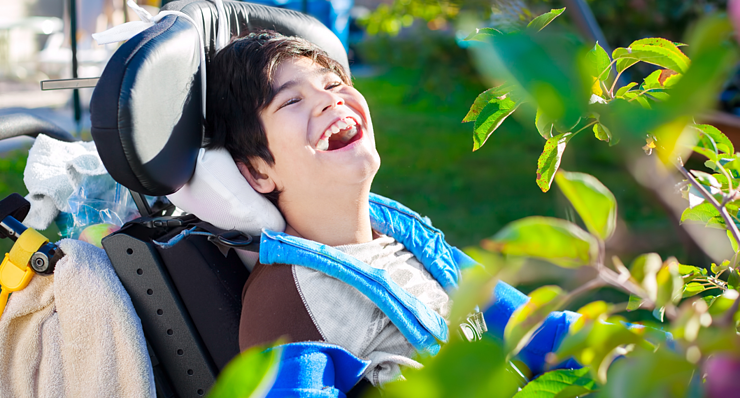poliomyelitis
 Poliomyelitis syndrome is a neurological disease caused by the poliovirus.
Poliomyelitis syndrome is a neurological disease caused by the poliovirus.
Fortunately, thanks to the systematic vaccination campaigns that began in 1963 in our country, they have been virtually eliminated since the late 1960s. In 1988, the last case was described. In recent years we have been able to find new cases among immigrant populations or after traveling to countries where they are still endemic.
Over the years, people with polio may develop movement disorders caused by neurological diseases, such as scoliosis, tendon disorders in the back, or peripheral nerve traps with assistance. Walking or using a wheelchair; Respiratory failure, osteoporotic fractures, and eventual loss of function and independence.
A small percentage of these people may develop what is called post-polio syndrome, which is the beginning of muscle weakness added to the previous one, without this being attributed to nothingness. This muscle weakness may or may not be accompanied by fatigue, myalgia, muscle atrophy and subsequent loss of function. If electrocardiograms are observed, we can see that this is truly post-polio syndrome (Halstead criteria).
In this disease, prevention of functional decline, through follow-up by a skilled clinical specialist, along with indicated surgeries and good maintenance rehabilitation is, at present, the best treatment option.
Polio syndrome treatment:
Management includes focusing on preventing or minimizing deformities and maximizing the child’s capacity at home and in the community. The child is best treated with a multidisciplinary team that may include the following health care providers:
Nursing coordinator
Neurosurgeon – a surgeon who specializes in an operation on the brain and spinal cord.
A neurologist – a doctor who specializes in conditions of the brain, spinal cord, and nerves.
Physical and Occupational Therapist
Orthopedic surgeon – a surgeon specializing in conditions of muscles, ligaments, tendons, and bones.
Orthotics – an individual who specializes in making braces and splints.
In Alimran Center we recommend the following treatments:
Physical therapy (physical therapy)
Electrical stimulation
Long and short wave therapy
Cold lasers
Ultrasound treatment (sonar)
Gymnastics
Chiropractic
Repetitive transcranial magnatic stimulation (rTMS)
Spinal cord stimulation
Surgical interventions may include:
Orthopedics, hip dislocations, ankle and foot deformities, and contracted muscles
Neurosurgery for spasticity removal including potox injection, selective back resection and intrachecal balcaofen pumps.

